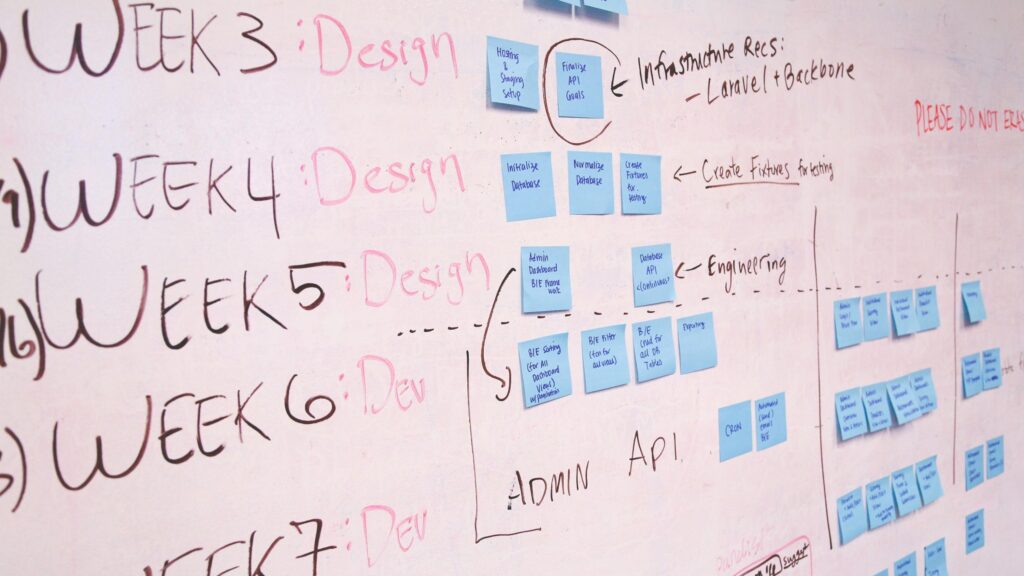A Guide to ITIL Service Design: Crafting IT Services That Deliver
In today’s fast-changing digital world, IT services must align with business goals to stay effective and competitive. This alignment improves performance, user satisfaction, and overall value. ITIL Service Design provides a clear framework to achieve this balance. In this article, I’ll explain how to create strong service designs based on ITIL principles that ensure stability, efficiency, and long-term success for both IT teams and the business they support.
A Guide to ITIL Service Design: Crafting IT Services That Deliver Read More »



















